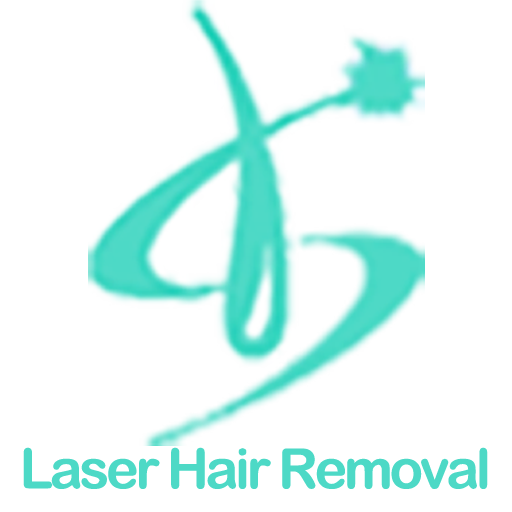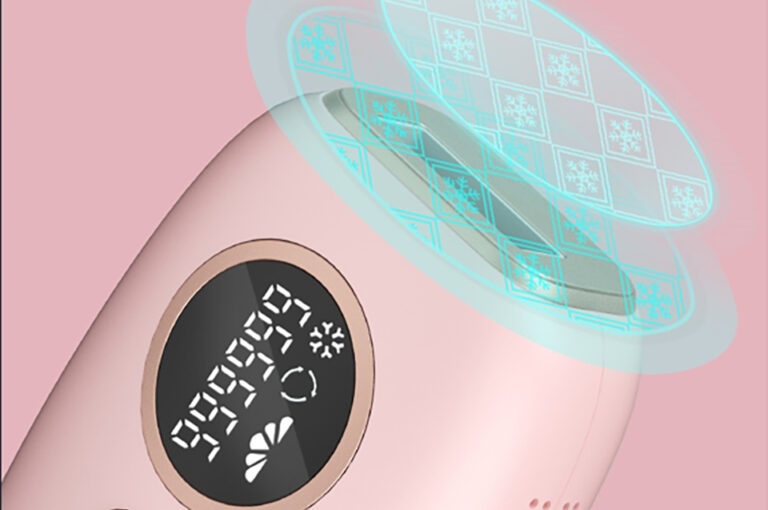
What is The Best IPL Hair Removal Device?
The Complete Guide to At-Home Best IPL Hair Removal: Is it Right for You?
The pursuit of smooth, hair-free skin has led many to explore the world of at-home hair removal devices. These devices, primarily utilizing Intense Pulsed Light (IPL) technology, promise a convenient and cost-effective alternative to professional laser treatments. But do they really work, and are they safe? This comprehensive guide breaks down everything you need to know about at-home laser hair removal, helping you make an informed decision.
Understanding the Basics: IPL vs. Laser
First, it’s crucial to understand the difference between IPL and true laser technology. Often marketed interchangeably, these are distinct methods. Laser hair removal, typically performed in a professional setting, uses a single, concentrated beam of light at a specific wavelength. This allows for precise targeting of the hair follicle, delivering a powerful burst of energy that damages the follicle and inhibits future growth.
IPL, the technology most commonly found in at-home devices, utilizes a broad spectrum of light across multiple wavelengths. This light is less focused than a laser, covering a wider area with each pulse. While gentler and generally safer for home use due to lower energy output, it also means that IPL may require more sessions to achieve similar results compared to in-office laser treatments.
Effectiveness and Permanence: Setting Realistic Expectations
At-home IPL devices can be effective in reducing hair growth. Consistent use leads to a noticeable reduction in hair density, with many users reporting finer, sparser hair over time. However, it’s important to manage expectations. These devices are not a magic bullet for permanent hair removal. Even professional laser treatments rarely achieve 100% permanent removal, often requiring maintenance sessions.
The key to success with at-home devices is consistency. Initial treatment schedules may involve using the device every other day or multiple times per week, followed by a reduction in frequency to maintain results. While many users see significant improvement, complete and permanent elimination of all hair is unlikely.

Safety First: Protecting Yourself and Your Skin
Safety is paramount when using at-home IPL devices. Here are some critical precautions:
- Eye Protection is Non-Negotiable: IPL devices emit bright flashes of light that can cause serious eye damage. Always wear the protective goggles provided with your device. Sunglasses are not a sufficient substitute.
- Skin Tone and Hair Color Matter: IPL and laser devices target melanin, the pigment in hair. They work best on those with fair to medium skin tones and dark hair, where the contrast is greatest. These devices are generally not suitable for very dark skin or very light hair (blonde, gray, white, red) due to the risk of burns or lack of efficacy. Most are not approved for skin tones past a four on the Fitzpatrick scale.
- Shave, Don’t Wax: Shaving 24 hours before treatment is essential. This removes the hair above the skin, allowing the light to target the follicle effectively. Waxing or tweezing removes the entire hair, leaving no target for the IPL or laser.
- Patch Test: Always perform a patch test on a small area of skin before full use to check for adverse reactions.
- Avoid Sensitive Areas: Exercise caution on sensitive areas like the face and neck, and only use if the device is specifically approved for those areas.
- Skip Skin-Thinning Products: Avoid using retinoids or chemical exfoliants a few days before and after treatments.
- Be Aware of Paradoxical Hypertrichosis: In rare cases, hair removal treatments can stimulate increased hair growth. This phenomenon, known as paradoxical hypertrichosis, is more common with certain skin types and hormonal conditions.
Choosing the Right Device: Navigating the Market
The market is flooded with at-home IPL devices, ranging in price, features, and effectiveness. Here’s what to consider:
- Corded vs. Cordless: Corded devices are generally more powerful, as cordless devices may lack the necessary energy output for optimal results.
- Number of Flashes: Some devices have a limited number of flashes before needing replacement. Others offer unlimited flashes.
- Intensity Levels: Look for devices with adjustable intensity settings to customize the treatment based on your skin sensitivity and the area being treated.
- Cooling Technology: Features like “ice-cooling” technology can significantly reduce discomfort during treatment.
- Skin Sensors: Some advanced devices have built-in sensors that automatically adjust the intensity based on your skin tone.
- Manufacturing and Reviews: Look into where the device is manufactured and read reviews from other users to verify the device’s quality and efficacy.
The Bottom Line: Is At-Home Laser Hair Removal Worth It?
At-home IPL hair removal can be a worthwhile investment for those seeking a convenient and relatively affordable way to reduce unwanted hair. However, it requires commitment, patience, and a thorough understanding of the technology and safety precautions. By managing expectations, choosing a reputable device, and following instructions carefully, you can achieve smoother skin and enjoy the benefits of long-term hair reduction.
Key Takeaways:
- At-home devices primarily use IPL, not true laser technology.
- IPL is gentler but may require more sessions than professional laser treatments.
- Consistency is crucial for achieving results.
- Safety precautions, particularly eye protection and skin tone considerations, are essential.
- Results vary, and complete, permanent hair removal is unlikely.
- Research thoroughly and choose a device that meets your needs and budget.
- Be wary of devices that are drop-shipped and come from unknown manufacturers.
How exactly does IPL work to reduce hair growth?
The best IPL hair removal devices emit pulses of broad-spectrum light that are absorbed by the melanin (pigment) in the hair shaft and follicle. This light energy converts to heat, which damages the hair follicle, disrupting its ability to produce new hair. Over time and with repeated treatments, the follicle weakens, leading to slower growth, finer hair, and a reduction in the overall number of active hair follicles. The heat from the device is targeting the “pila” at the base of the hair follicle, which is what nourishes the hair.
Can I use at-home IPL devices on my face?
This depends on the specific device. Some devices are designed for use on the body only and are not suitable for the face due to the intensity of the light or the size of the treatment window. Facial skin is more sensitive, and the risk of eye damage is higher. Only use IPL hair removal devices that are explicitly labeled as safe for facial use, and follow the manufacturer’s instructions carefully. Areas like the upper lip or chin might be treatable, but avoid the delicate skin around the eyes.
What does the “ice-cooling technology” do, and is it really necessary?
The ice-cooling technology, also sometimes referred to as contact cooling or a cooling tip, helps to numb the skin’s surface during treatment. This can significantly reduce the sensation of heat and discomfort associated with IPL pulses. While not strictly necessary, it can make the treatment much more tolerable, especially for those with sensitive skin or when treating more sensitive areas.
How long does a typical treatment session take?
The duration of a treatment session varies depending on the size of the area being treated and the device being used. Smaller areas like the underarms might take only a few minutes, while larger areas like the legs could take 15-30 minutes or longer. Devices with larger treatment windows and continuous flash modes can help to speed up the process.
Why is it important for IPL and laser hair removal?
The system used in dermatology to categorize skin types based on their response to ultraviolet (UV) light. It ranges from Type I (very fair, always burns, never tans) to Type VI (deeply pigmented dark brown to black, never burns).
It’s crucial for the best IPL hair removal because these technologies target melanin. The greater the contrast between the skin and hair color, the more effectively the light energy can be absorbed by the hair follicle without affecting the surrounding skin. Individuals with darker skin types (typically Fitzpatrick IV and above) have more melanin in their skin, which can absorb the light energy, increasing the risk of burns, hyperpigmentation (darkening of the skin), or hypopigmentation (lightening of the skin).



